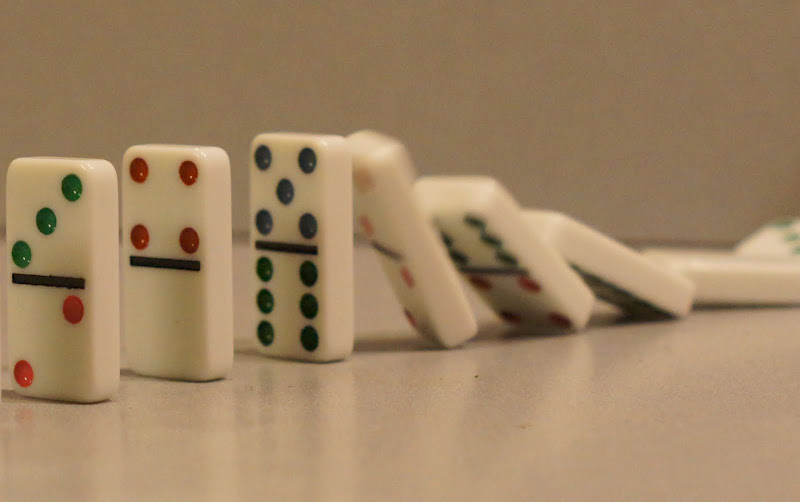Distributed Leadership in Schools – A Practical Guide for Learning and Improvement – John A. DeFlaminis, Mustafa Abdul-Jabbar and Eric Yoak was the first summer read.
Billed as a guide to the best practices and lessons learned in designing and implementing distributed leadership to effectively address challenges in schools. It was an interesting mix of evidenced theory and reflection from a four year repeated programme with two separate Philadelphia school communities, both successful under difficult district conditions (Written and directed by Dr. John DeFlaminis, Executive Director of thePenn Center for Educational Leadership). The DL model was a direct effort to address in the inherent limitations of the hero-leader / hierarchial model of school leadership that lead to “the substantial talents of teachers largely untapped, ” what Fullan (2003) refers to as the individualistic fallacy.
As important was the focused effort to scale and sustain improvement; the propostion that, whether it is in a school or a school system, building a broad base of capacity is not possible if control is limited to a few individuals. Thereafter the solution, is the broader distribution of leadership.
The authors discuss a range of leadership-building strategies including professional learning communities and coaching to support staff aiming to improve, first and foremost, the quality of teaching and student outcomes. Moving schools from a traditional hierarchical “chain of command model” (Level 1), through to “shared decision-making and authority” (level 3) to “highly distributed leadership” (Level 6) the project leaders reported that distributed leadership built confidence, efficacy, encouraged energetic leadership and accelerated change.
What will be less easy to adapt or adopt will be the significant (110 hours) investment in high quality professional development and coaching for teacher leaders and principals, delivered by national experts. This pofessional development then also had 3 PENN State credits ($10,000) and also all principals and teachers on the teams received a stipend for participation in the summer training and all project activities, (only for the authors to warn of the dangers financial incentives).
Two pages were dog-eared and bookmarked for review. The section on “Teacher Leaders” p.93 highlighted for me that one of the core adaptations for success was a change is perspective. A change of perspective for both principals and teachers. Just as principals described how teacher leadership challenged their notion of principals as the ones “in charge,” teacher leaders in the project encountered their own conflict between the new expectations of this role and their old thoughts or habits. Stepping into teacher-leadership roles forced teachers to confront a boundary between these past practices and the new leadership responsibilities and opportunities that persisted beyond their classroom walls.
The second bookmark p.132 was far simpler but no less important.
People support what they help to create.
The book is certainly worth reading especially if you are responsible for school improvement or identifying and developing talent. The Philadelphia Distributed Leadership Initiative: Logic Model is a crystalised of the programme aims, and their theory of change model (at the school level) both interesting reads and can be found in the American Educational Research Association Annual Meeting slides – “The Design and Structure of theBuilding Distributed Leadership in the Philadelphia School District Project.”
[qr_code_display]


